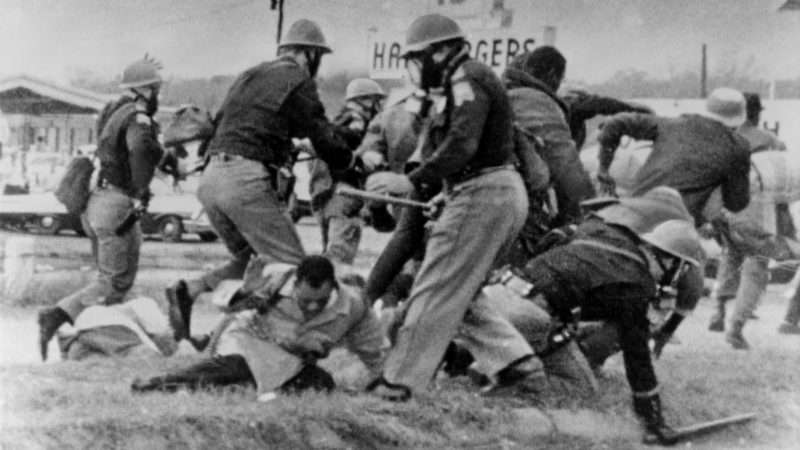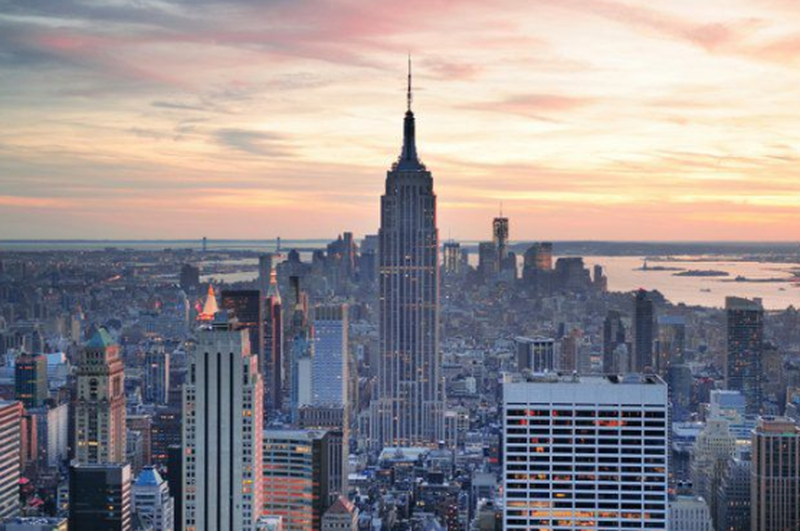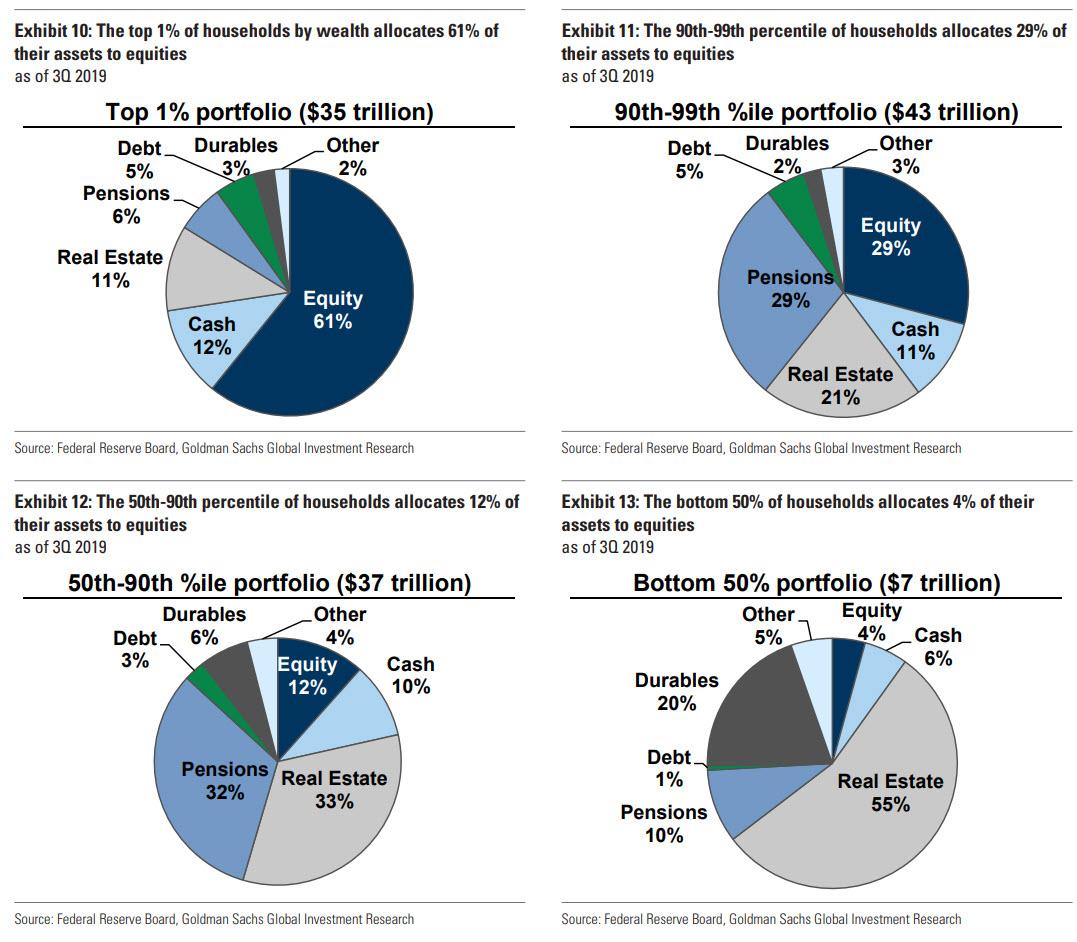
“It’s nice,” Elizabeth Nolan Brown wrote this morning in a long piece about the federal police crackdown in Portland, Oregon, “to see some lawmakers actually attempting to use their power to stop this, instead of simply trying to score Twitter points with spurious allegations that libertarians aren’t freaking out enough.”
That hyperlink takes you to this tweet, from Sen. Brian Schatz (D–Hawaii).
Libertarians should be freaking out about Portland.
— Brian Schatz (@brianschatz) July 18, 2020
The senator’s legislative track record on the relevant issues certainly contains some schatz of its own (on which there will be a story here that I will hyperlink), but on today’s Reason Roundtable podcast, Nick Gillespie, Katherine Mangu-Ward, Peter Suderman, and Matt Welch do their level best to unpack the legality and propriety of local and federal government action (and sometimes inaction) regarding street scuffles and property destruction, and how the White House is reportedly poised to roll out Portland-style intervention across several American cities.
The team also breaks down the latest breakdowns of how federal Coronavirus responses broke down, tiptoe into the mask-policy wars, and build extended metaphors out of the movie Brazil.
Audio production by Ian Keyser and Regan Taylor.
Music: “Fog Mist” by TrackTribe
Relevant links from the show:
“Feds Send Outside Agitators To Escalate Conflict in Portland,” by Elizabeth Nolan Brown
“What’s Happening in Portland?” by Jonathan H. Adler
“ACLU Sues Federal Agents Deployed in Portland,” by C.J. Ciaramella
“Disturbing Reports from Portland,” by Keith E. Whittington
“Homeland Security Acting Like ‘An Occupying Army’ Says Sen. Wyden, After Federal Agents Shoot Peaceful Portland Protester,” by Elizabeth Nolan Brown
“Georgia Gov. Brian Kemp Is Suing Atlanta’s Mayor Over the City’s Mask Mandate. Good,” by Christian Britschgi
“Andrew Cuomo’s Coronavirus Response Has Been a Failure,” by Billy Binion
“What State and Local Governments Can Learn From the Coronavirus Crisis,” by Veronique de Rugy
from Latest – Reason.com https://ift.tt/2ZMDEYM
via IFTTT





